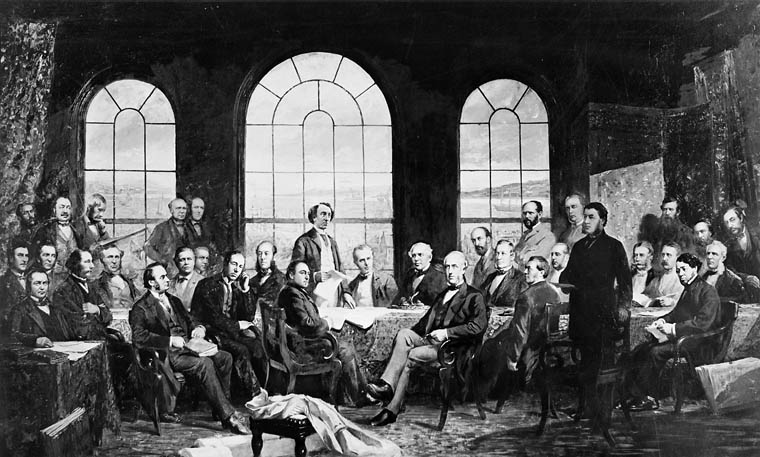Article
Canada and the Cuban Missile Crisis
The Cuban Missile Crisis lasted from 16 to 28 October 1962. The Soviet Union had stationed nuclear missiles in Cuba, which posed a threat to the United States and Canada. It brought the world to the edge of nuclear war. Canadian armed forces were placed on heightened alert. Prime Minister John Diefenbaker’s hesitant response to the crisis soured already tense relations between Canada and the US and led to the downfall of his government in 1963.












